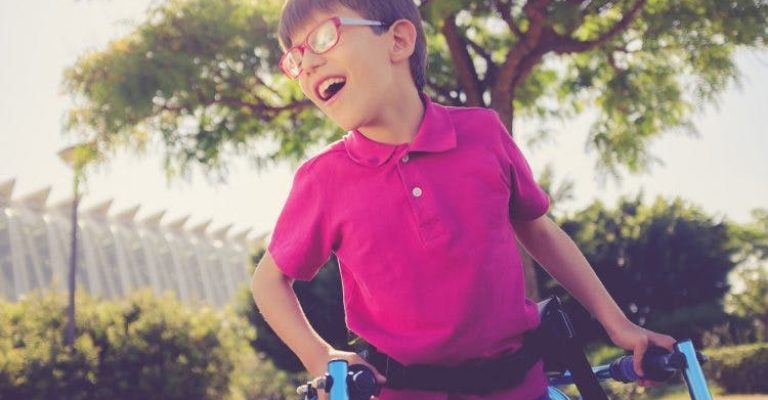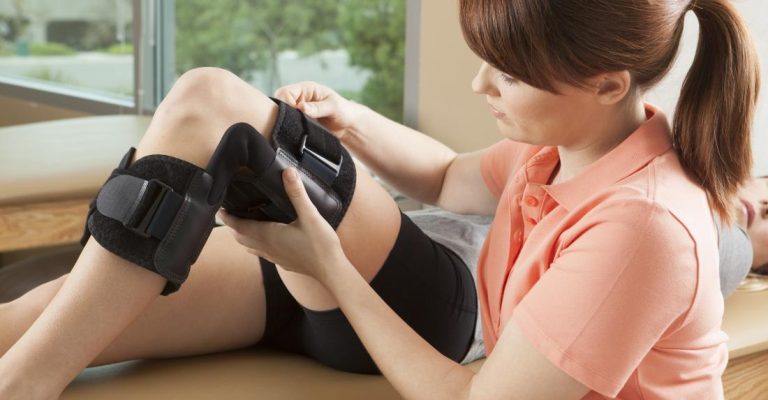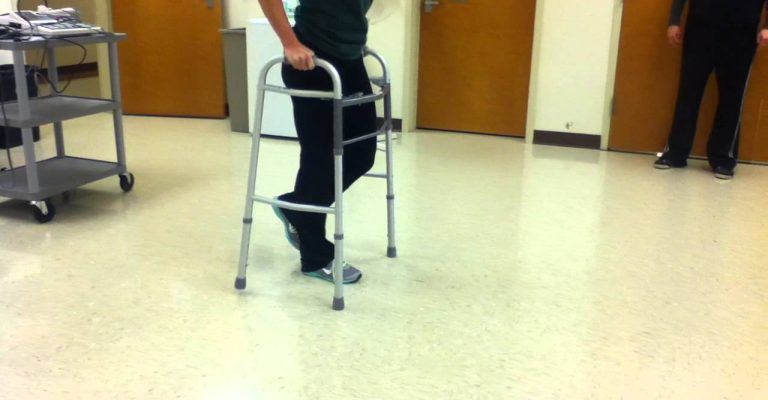
Have you ever heard of the term spastic cerebral palsy? Do you know what it is?
Damage to the brain before, during, or shortly after birth causes spastic cerebral palsy, a developmental condition. This disorder disrupts the growth of motor skills. Spastic CP is characterized by jerky motions, muscular tightness, and joint stiffness.
Cerebral palsy can make even the most basic activities, like walking or picking up a small object, difficult.
As a result of severe brain injury, some children with spastic CP also acquire secondary disorders.
Attention Deficit Hyperactivity Disorder (ADHD) and epilepsy are two examples of conditions that frequently occur together.
One’s specific brain injury and associated symptoms can be further specified under each of the four primary categories of cerebral palsy.
Spastic cerebral palsy is broken down into subtypes according to where in the body the patient is having trouble moving.
Muscle stiffness in one or both arms, both legs, or even one entire side of the body is common in children with spastic CP.
When two limbs are affected by spasticity, the legs are most often affected. Some children with diplegia may also have difficulty moving their arms and shoulders.
Diplegia is a common complication of cerebral palsy, usually resulting from premature delivery.
The complete side is affected when one side of the body is affected by spastic hemiplegia.
In most cases, the arm is injured more than the leg and can be identified by a stiffly flexed wrist or elbow.
Hemiplegia is a neurological condition caused by bleeding in the brain during pregnancy.
Disorder of the spinal cord causing spasticity in the limbs.
When all four limbs are affected, it’s called spastic quadriplegia. In most cases, the legs suffer more damage than the arms.
Facial muscular control may be impaired in people with quadriplegia.

The term “cerebral palsy” is used to describe a wide range of movement abnormalities that can be caused by damage to the developing brain. Different forms of cerebral palsy result from harm to various brain regions.
Damage to the brain’s motor cortex or the pyramidal tracts, which run from the motor cortex to the spinal cord, is the root cause of spastic cerebral palsy.
Damage to the motor cortex and pyramidal tracts leads to spasticity and understanding how these systems work might shed light on this condition.
The cerebral cortex, the bulk of the brain, houses the motor cortex.
Several subregions of the brain’s cortex, collectively known as the motor cortex, are in charge of communicating with the brain’s other regions to regulate movement.
The motor cortex’s role in controlling overt motion is crucial to understanding the impact of cerebral palsy on a person’s daily life.
When this part of the brain is damaged, voluntary movement becomes less coordinated and fluid, leading to spasticity.
When sending and receiving messages between the brain’s cortex and the spinal cord, the brain’s pyramidal tracts serve as the highways.
Disruption of the pyramidal tracts prevents the motor cortex from sending accurate signals to the spinal cord.
The spinal cord and the brain and brain stem make up the CNS. Visual, tactile, and motor abilities all originate in these brain regions.
Each child with spastic cerebral palsy experiences the disorder in a unique way. The degree of the child’s brain injury and any co-occurring disorders will determine the range of symptoms they experience.
In most cases, the following are the most noticeable signs of spastic CP:
Cerebral palsy is not always evident in a child’s early years. Symptoms don’t usually show up until a child stops meeting conventional developmental markers.
Many children have the jerky reflexes seen in individuals with spastic CP when they are toddlers. Up to age 5, a definitive diagnosis of cerebral palsy may not be made.

Spastic CP treatment is situational. Treatment plans are influenced mainly by the intensity of symptoms, the location of mobility issues, and the presence of any secondary disorders.
Physical therapy, occupational therapy, speech therapy, medication, and surgery are the five basic ways to treat CP.
Spastic CP is the most common form of the disorder, and physical therapy is often the first line of defence.
When it comes to physical treatment, the end goal is always maximum autonomy for the kid.
Therapeutic stretches and movement are emphasized throughout this procedure. Learn more about physical therapy here.
Children with spastic cerebral palsy may also benefit from occupational therapy. An individual’s independence in completing chores and activities in the home, school, workplace, and community is enhanced through occupational therapy.
Occupational therapists often do exercises that focus on strengthening the thumb, wrist, and forearm.
Beneficial for those with spastic CP, this treatment aims to enhance motor control, bilateral coordination, and upper-body strength.
Occupational therapists can also determine whether or not a patient might benefit from using adaptive equipment like special scissors or a modified pen.
Children with spastic CP can benefit from speech therapy to enhance their oral motor skills.
Speech therapy improves articulation and coordination by building up the muscles used in speaking.
Drooling, swallowing, and speech problems are all possible in children with this form of CP. Motor and cognitive skills and self-esteem can all benefit from practising with assistive communication devices.
Children with spastic CP benefit significantly from speech therapy because it helps them develop the skills to express themselves and interact with others.
Therapy can make chewing, breathing, and swallowing easier.
Drugs like benzodiazepines are given orally to ease muscular stiffness and restore a full range of motion. Localized muscle stiffness, such as in the legs or arms, can also be treated with medicine.
Doctors commonly prescribe seizure-controlling medicine for children with spastic CP who also experience frequent seizures.
To the same end, diazepam (Valium) and similar drugs can be used to calm tense muscles. When dealing with spasticity in the legs, this is especially useful.
Medication for this form of CP should prioritize finding the best beneficial treatment with the fewest adverse effects.
Surgery is a possible treatment for children with spastic cerebral palsy. Various surgical procedures are utilized to restore normal motor function in cases of dislocations, muscular shortening, and sensory deficits.
Surgery called selective dorsal rhizotomy (SDR) is commonly performed on children with spastic cerebral palsy. This operation is performed to decrease muscular tension and increase the range of motion.
Some children with CP may need more extensive care than others. Every parent hopes to provide the finest opportunities for their child. The process of figuring out how to treat your child and how much it will cost might be overwhelming, but support is available.